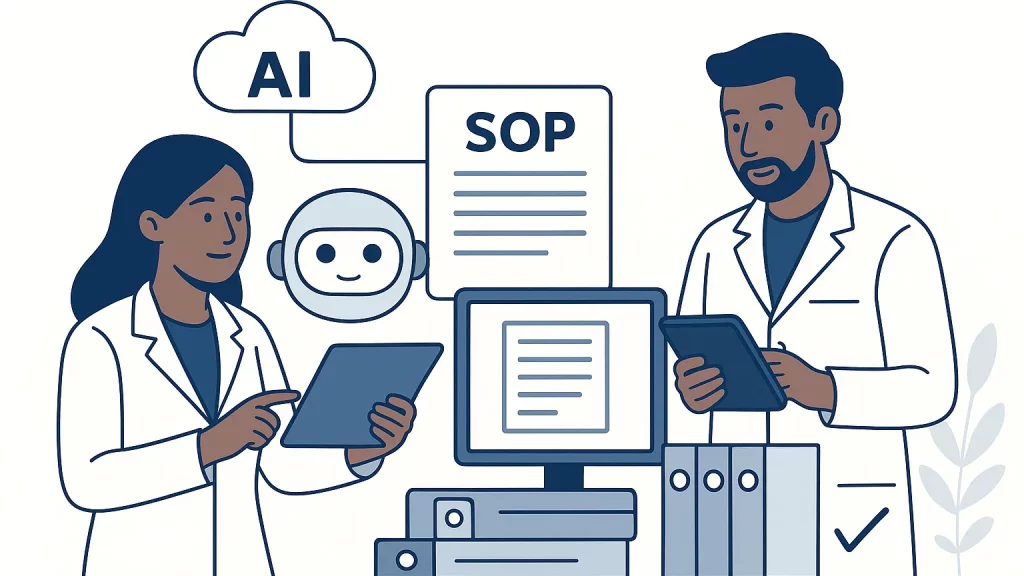By EVOBYTE Your partner in bioinformatics
Introduction
T cells read the world through their T cell receptors (TCRs). Each TCR is forged by V(D)J recombination and small random insertions and deletions, creating a hyper‑variable CDR3 region that acts like a molecular barcode for a clone. That is why TCR sequencing is now central to immunology: it lets researchers track clonal expansion after infection or checkpoint blockade, profile minimal residual disease, and study antigen‑specific responses over time. In practice, the CDR3 sequence defines a clonotype, letting you follow the same T cell lineage across tissues and longitudinal samples.
Where short reads struggle in TCR analysis
Short‑read (SR) approaches—think standard NGS reads of 150–300 bp—have powered most early repertoire (AIRR‑seq) studies. They are fast and inexpensive, but they impose two important constraints.
First, pairing. Bulk SR TCR‑seq typically loses native α:β (or γ:δ) chain pairing, so you can’t tell which chains belong together in the same cell. Single‑cell SR methods do recover pairs using barcodes, yet they still assemble only parts of the full receptor and may miss long‑range context outside CDR3. That context—V and J segments, constant regions, and full transcript isoforms—often matters for specificity, expression, and downstream cloning.
Second, artifacts and assembly. SR workflows depend on multiplex PCR and contig assembly, which can introduce chimeras and bias rare clonotypes. Even with UMIs, PCR artifacts can inflate diversity or misassign barcodes, and contig stitching can be ambiguous in highly similar V genes. These issues are recognized across AIRR‑seq and motivate protocols that minimize amplification or explicitly detect chimeras.
What long reads unlock for TCRs
Long‑read sequencing (LRS) from PacBio HiFi and Oxford Nanopore (including duplex/R10 chemistries) changes the equation by spanning entire TCR transcripts in single molecules. Full‑length reads capture the complete V(D)J and constant regions, resolve splice isoforms, and simplify clonotype calling by eliminating de novo assembly of short fragments. For immunology, that means:
- Confident α:β chain characterization with the exact CDR3s and their full segment context.
- Isoform‑level insights (e.g., alternative constant regions or 3′ UTRs) that relate to stability and expression.
- Better variant detection and phasing in TCR loci, which are structurally complex and polymorphic.
HiFi reads routinely achieve ~99.9% accuracy, while recent Nanopore chemistry plus duplex basecalling has narrowed the gap toward HiFi‑like accuracy, making long reads practical for targeted TCR applications. Targeted HiFi capture of TRA/D and TRB has already demonstrated accurate assemblies, SNP/indel/SV calling, and phasing across these regions.
Long reads meet single‑cell RNA‑seq: pairing receptors with cell state
The best of both worlds arrives when long reads are integrated with single‑cell RNA‑seq (scRNA‑seq). Methods like RAGE‑Seq start with a droplet‑barcoded cDNA pool, split the library, and use targeted capture plus long‑read sequencing to recover full‑length TCR (and BCR) transcripts while preserving the cell barcodes. In parallel, short‑read expression profiling retains standard scRNA‑seq sensitivity. The result is a per‑cell link between a full‑length, paired TCR and its gene‑expression state—ideal for tracing tumor‑infiltrating clones across tissues, annotating antigen‑experienced phenotypes, and validating therapies. Beyond the receptor, long‑read scRNA‑seq reveals isoforms and gene fusions that short reads can miss, adding another layer of biology to clonotype tracking.
Example: grouping full‑length TCRs by cell barcode from a BAM of demultiplexed long reads.
import pysam
from collections import defaultdict
cdr3_by_cell = defaultdict(set)
with pysam.AlignmentFile("tcr_longreads.bam") as bam:
for aln in bam:
if aln.has_tag("CB") and aln.has_tag("CDR3"):
cdr3_by_cell[aln.get_tag("CB")].add(aln.get_tag("CDR3"))
# cdr3_by_cell now maps each cell barcode to its CDR3 clonotypes
Or, to sketch a targeted analysis pipeline:
# Align TCR-enriched long reads and extract per-cell clonotypes
minimap2 -ax splice -t8 ref_transcripts.fa tcr_reads.fq | samtools sort -o tcr.bam
samtools index tcr.bam
# downstream: parse CB/UB tags, call V(D)J with an AIRR-aware tool, and join to scRNA-seq metadata
Summary / Takeaways
- Long‑read TCR sequencing delivers full‑length, single‑molecule views of V(D)J and constant regions, reducing assembly ambiguity and exposing isoforms.
- For repertoire studies where α:β pairing and context matter, LRS addresses core SR limitations in both bulk and single‑cell settings.
- In single‑cell experiments, approaches like RAGE‑Seq tie each full‑length receptor to its cell state, enabling precise clonotype tracking in cancer, infection, and immunotherapy.
- Key terms to know: TCR (T cell receptor), CDR3 (hyper‑variable junction used for clonotype definition), V(D)J recombination (the mechanism generating receptor diversity), clonotype (cells sharing an identical receptor sequence), AIRR‑seq (adaptive immune receptor repertoire sequencing), scRNA‑seq (single‑cell RNA sequencing), PacBio HiFi and ONT (long‑read platforms). These matter because clinical‑grade biomarkers, target discovery, and mechanism‑of‑action studies increasingly rely on accurate clonotype‑to‑phenotype links that only full‑length, paired data can provide.
Further Reading
Out intro to immunoreceptor sequencing: Read more
- RAGE‑Seq: single‑cell barcodes with long reads recover full‑length TCRs and link them to cell state (Nature Communications, 2019). [Open access]
High-throughput targeted long-read single cell sequencing reveals the clonal and transcriptional landscape of lymphocytes - Review of long‑read single‑cell transcriptomics and practical considerations (NAR Genomics & Bioinformatics, 2024).
Advances in single-cell long-read sequencing technologies - Targeted HiFi sequencing of human TCR loci: variant discovery and phasing (2022).
Targeted long-read sequencing facilitates phased diploid assembly and genotyping of the human T cell receptor alpha, delta, and beta loci - Why CDR3 and clonotypes are core to immune monitoring and biomarker discovery (review).
Molecular T-Cell Repertoire Analysis as Source of Prognostic and Predictive Biomarkers for Checkpoint Blockade Immunotherapy - Benchmarking long‑read scRNA‑seq platforms and their strengths for isoforms and allele‑specific expression (2024).
Systematic evaluation of single-cell RNA-seq analyses performance based on long-read sequencing platforms

